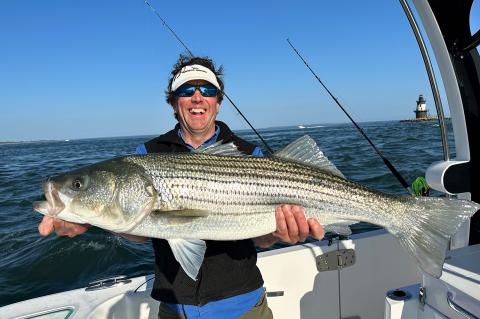Lots of bass between 30 and 50 pounds continue to be caught and released off Montauk. Finding fish in the new smaller slot size has been a challenge at times. Plenty of bluefish are mixed in too.
Outdoors
 On the Water: Made in Manhattan
On the Water: Made in ManhattanGiven all of the supersize stripers now in Montauk, it’s still not too late to enter the popular Montauk Surf Masters Spring Shootout, which concludes on July 9. Bigger fish are clearly on the feed here.
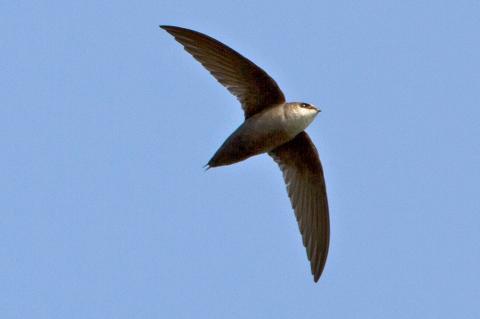 On the Wing: Swift in the Air, Rarely on Ground
On the Wing: Swift in the Air, Rarely on GroundThis is the best time of year to observe chimney swifts locally as they burst through the skies over our villages. You’ll never see a chimney swift land, or even come close to street level. In their daily circuits, they can fly 500 miles a day in pursuit of something like 12,000 flying insects.
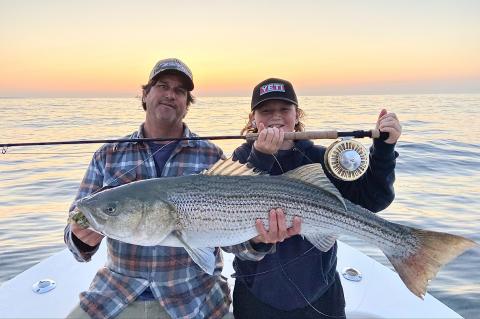 On the Water: Smoke on the Water
On the Water: Smoke on the Water“A lot of big bass to over 50 pounds are around,” observed Capt. Savio Mizzi of Fishhooker Charters. “Fishing is literally off the hook.”
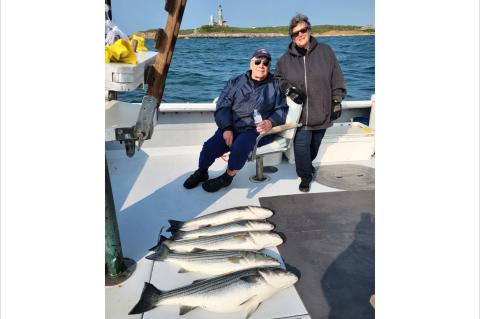 On the Water: On the Table Again
On the Water: On the Table AgainOut in Montauk, anglers for striped bass and bluefish are returning to the docks with sore arms. Porgy fishing has also been consistent, with fish up to three pounds.
Three weeks ago, the Atlantic States Marine Fisheries Commission and its Atlantic Striped Bass Management Board voted to approve an emergency measure to lower the maximum striped bass size to 31 inches. The current “slot” regulation in New York allows anglers to keep one bass between 28 and 35 inches in length per day. However, there has been pushback from local political representatives on the reduced slot for the highly-prized striper before the New York Department of Environmental Conservation moves forward with a formal ruling.
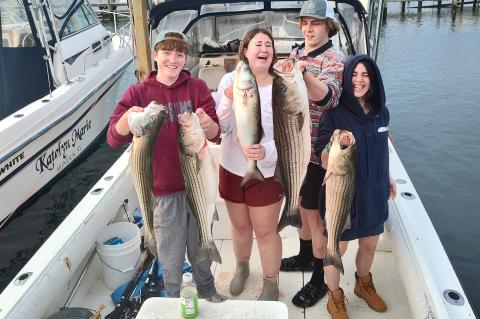 On the Water: Motorcycle to Montauk
On the Water: Motorcycle to Montauk“Oh man, there are striped bass and bluefish everywhere,” Paul Apostolides said from behind his countertop. “The action has been truly fantastic. More people need to take advantage of it.”
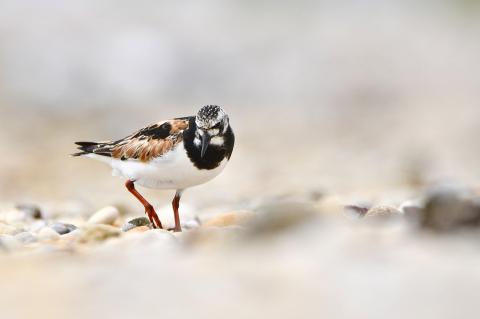 On the Wing: In One Big Day, 90 Species and a Life Bird
On the Wing: In One Big Day, 90 Species and a Life BirdOn a “Big Day,” birding is just about numbers. It is spent, dawn to dusk, in search of birds; the goal to see as many different species as possible. May 13 was Global Big Day. The goal is always to find 100 species: We’ve never gotten there.
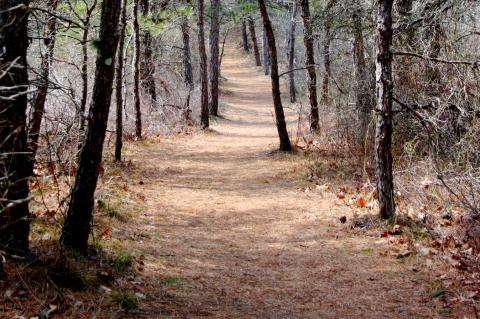 Walking Through East Hampton’s History
Walking Through East Hampton’s HistoryThe East Hampton Historical Society and the East Hampton Trails Preservation Society have planned 20 collaborative events, starting next week and running through September, to highlight the area's history, with destinations including the Brooks-Park property in Springs, the Leisurama houses in Montauk, and the D’Amico Studio and Archives at Lazy Point.
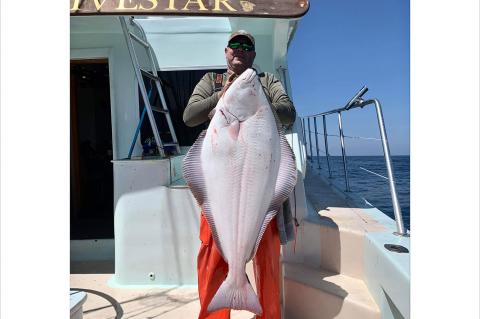 On the Water: Gators on the Prowl
On the Water: Gators on the ProwlGator-sized bluefish thrashed about near the surface one day; two days later it was spunky striped bass.
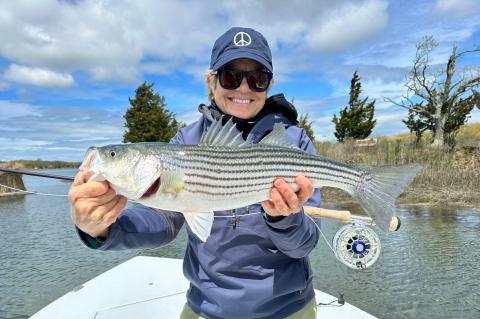 On the Water: Learning New Tricks
On the Water: Learning New TricksWhen I’m out pursuing codfish, I always start off using a diamond jig. I also use a diamond jig when I fish for weakfish, sea bass, and bluefish. The same lure is also used when I pursue striped bass from my boat. Old habits are hard to break.
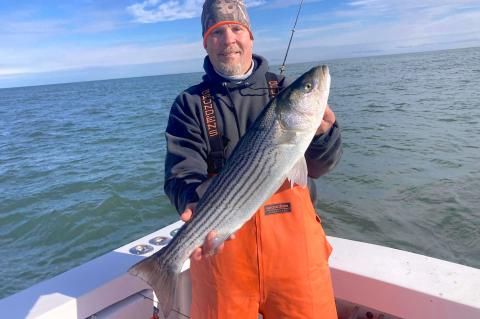 On the Water: Striped Bass Conundrum
On the Water: Striped Bass ConundrumStriped bass limits will be changing again this year, as the Atlantic States Marine Fisheries Commission and its Atlantic Striped Bass Management Board voted last week to approve an emergency measure to lower the upper end of the striped bass slot size to 31 inches.
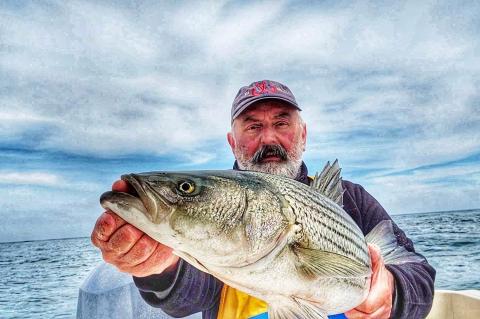 On the Water: Fishing Plans Upended
On the Water: Fishing Plans Upended“The striped bass have arrived in Montauk,” said Capt. Rob Aaronson of the Montauk charter boat Oh Brother! Both diamond and bucktail jigs have been the lures of choice for the linesiders.
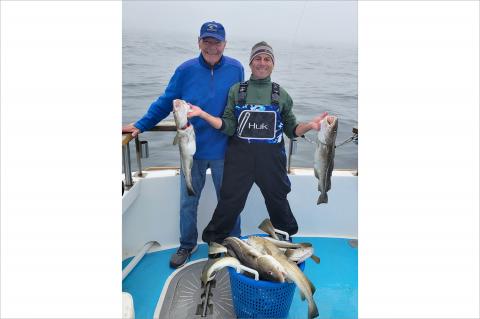 On the Water: Back on Dry Land
On the Water: Back on Dry LandStriped bass have shown up en masse in local waters, and many casters are very pleased with their early, bountiful showing. “It’s wonderful to see,” said Ken Morse at Tight Lines Tackle in Sag Harbor.
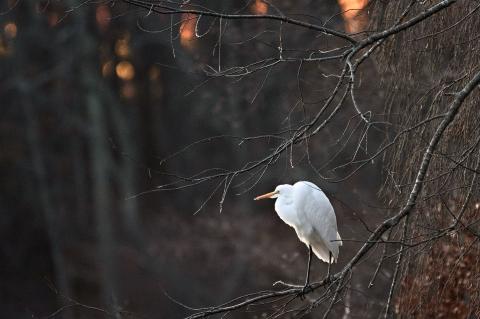 On the Wing: Where Great Egrets Go
On the Wing: Where Great Egrets GoIt’s hard to mistake the great egret: lengthy yellow bill, long black legs, large white body in between. They have sinewy necks, sometimes stretched straight, other times tucked into a squat S, as when they’re flying.
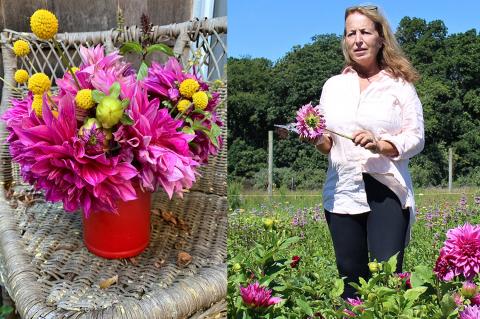 A Flower Farm Will Bloom in East Hampton
A Flower Farm Will Bloom in East HamptonThe Traceys are embarking this season on an expansion that will see them transition from their previous location, a Peconic Land Trust plot of a little under an acre behind Balsam Farm in Amagansett, to a three-acre property on Montauk Highway that was known as Bhumi Farm for a couple of years.
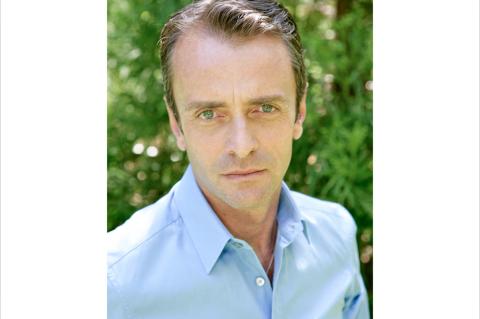 A ‘Very Personal’ Side of Garden Design
A ‘Very Personal’ Side of Garden DesignFrederico Azevedo has always been enamored with nature, flowers in particular. “As a child I would rearrange the plants for fun and plant the ingredients for my favorite foods,” he said. “The exciting thing about this medium is how it can make people happy and open up new parts of your life.” His business, Unlimited Earth Care in Bridgehampton, is celebrating a milestone this year.
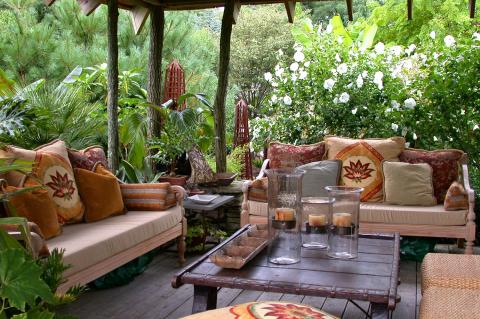 A Lush North Fork Paradise
A Lush North Fork ParadiseLet us introduce you to the Landcraft Garden Foundation, the North Fork’s fraternal obverse to Jack Lenor Larsen’s LongHouse Reserve and a paradise that Dennis Schrader and Bill Smith have been building on the North Fork since 1992.
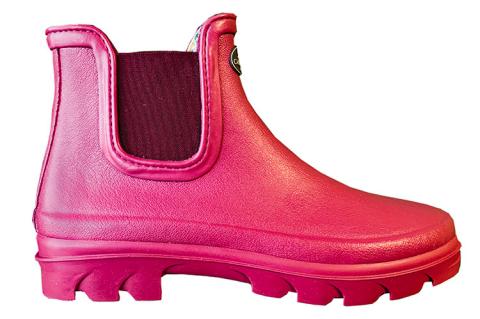 GIMME: Colorful, Stylish, Sustainable
GIMME: Colorful, Stylish, SustainableThe Star’s hunter-gatherer, Durell Godfrey, went looking for the kind of stuff that Mother Nature would be happy to use — and reuse whenever possible. She loves sustainability, and so will you. Shop locally and thoughtfully.
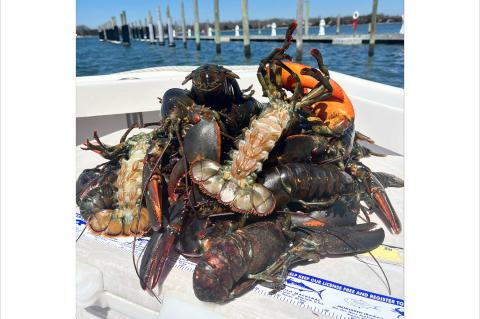 On the Water: Scratching Out a Catch
On the Water: Scratching Out a CatchThe warming rays of the sun have begun to perk up the local fishing scene, with holdover striped bass making the biggest noise in recent days.
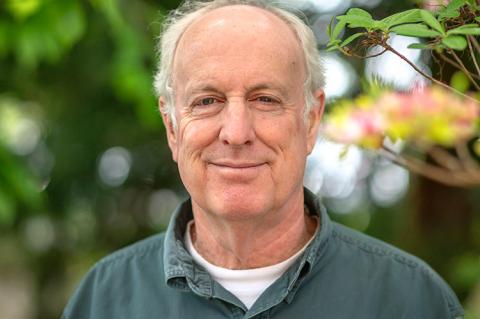 The World Wild Web
The World Wild WebDoug Tallamy, an entomologist, author, and professor at the University of Delaware, encourages homeowners to think about the role our yards play in the food chain that sustains birds and wildlife. The immense decline of the bird population by one-third over the past 50 years has opened eyes to its urgency.
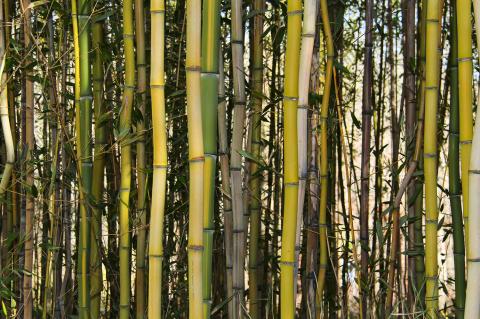 Tip Sheet: Battling Bamboo
Tip Sheet: Battling BambooAt first, I liked the bamboo. It was a comforting green wall, separating me from my neighbor’s pool. When the wind blew, it sounded like one hand clapping. At the same time, I found myself thinking, “If the revolution comes, I will dig a trench around my house and fill it with bamboo spears.”
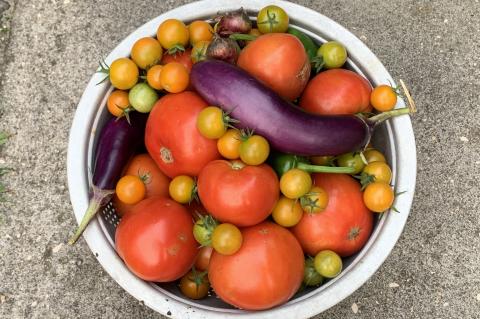 Veggies to the Max
Veggies to the MaxA home vegetable gardener offers some hard won advice for getting the most out of your garden along with what grows best here.
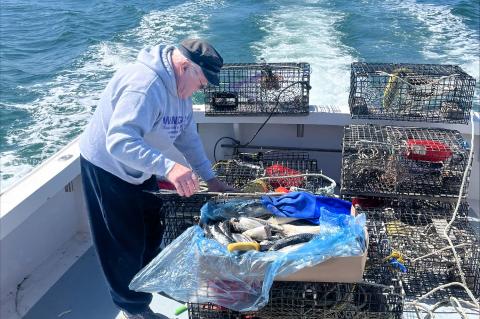 On the Water: The Lobster Traps Are In
On the Water: The Lobster Traps Are InFlounder is scarce, striped bass are not yet here in sizable numbers, so our columnist set about repairing his lobster traps.
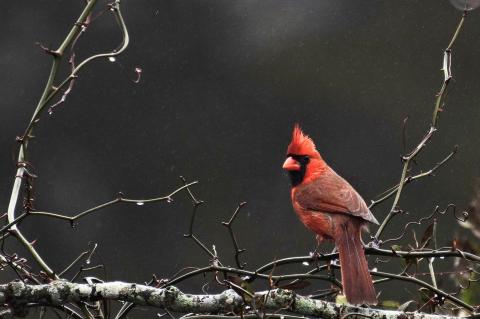 On the Wing: The Cardinal Rules
On the Wing: The Cardinal RulesCardinals, among our earliest singer each spring, are so familiar you might forget to appreciate them, but a century ago they were rare in New York.
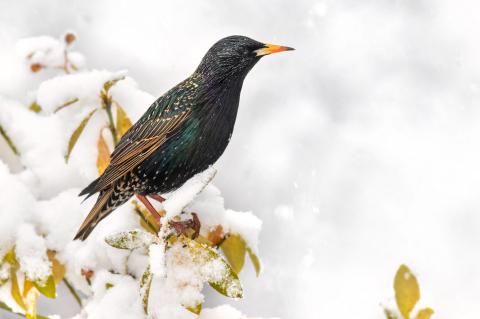 On the Wing: The ‘Hallelujah’ Bird
On the Wing: The ‘Hallelujah’ BirdI’m not sure if Leonard Cohen was into birds, but if he was, he might have appreciated the mess that is the European starling.
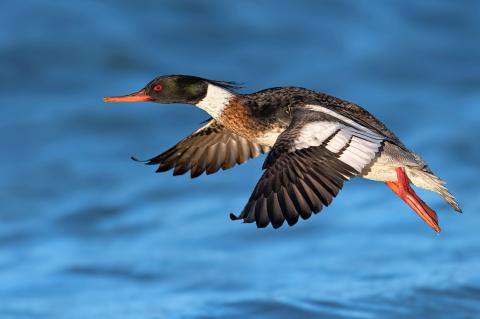 On the Wing: Lost in Merganser Time
On the Wing: Lost in Merganser TimeRed-breasted mergansers rely on the open waters of our winter bays and harbors from November until April. They’ll be there if you walk anywhere along the bay side of the South Fork, between Southampton and Montauk. While they prefer salt water, they also frequent Hook Pond, Sagaponack Pond, and Georgica Pond.
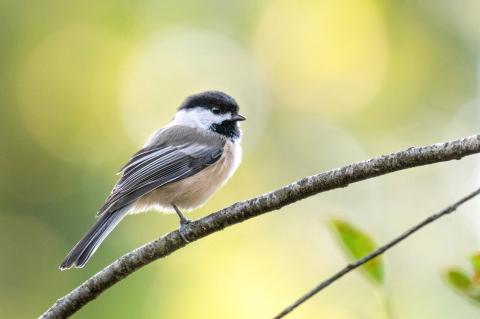 On the Wing: The Great Chickadee Search
On the Wing: The Great Chickadee SearchLooking for a walk and a challenge, I went to the Mulvihill Preserve in Noyac to hunt for wild chickadees. Hard? No. A unique reason to be in the woods? Yes. A winter activity for a winter bird.
 Thirty-One Species, 10,000 Birds Tallied in Winter Waterfowl Count
Thirty-One Species, 10,000 Birds Tallied in Winter Waterfowl CountOn Saturday, teams of birders spread out across New York State to count freshwater ducks, saltwater ducks, and geese for the annual New York State Ornithological Association waterfowl count. Locally, from Shinnecock Inlet to Montauk Point, seven groups of birders faced winds and temperatures that were stubbornly in the mid-30s to peer into our ponds, bays, and coves. They located 31 species of waterfowl for a total of 10,451 birds. More than half that number, 5,303, were the familiar Canada goose.
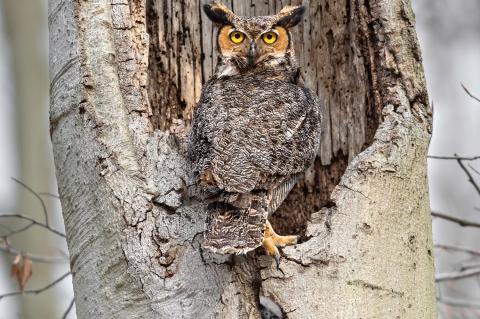 On the Wing: Hear It or Not, It’s Watching
On the Wing: Hear It or Not, It’s WatchingDuring this Christmas/New Year’s interlude, I offer a fun challenge: Take a walk in the woods at night. Try it. You may hear a great-horned owl, who, despite the cold, is starting its courtship ritual. Its classic hooting call — offered in the cadence of “Who is awake? Me too!” — can be heard for miles, the song of the blue winter night.

